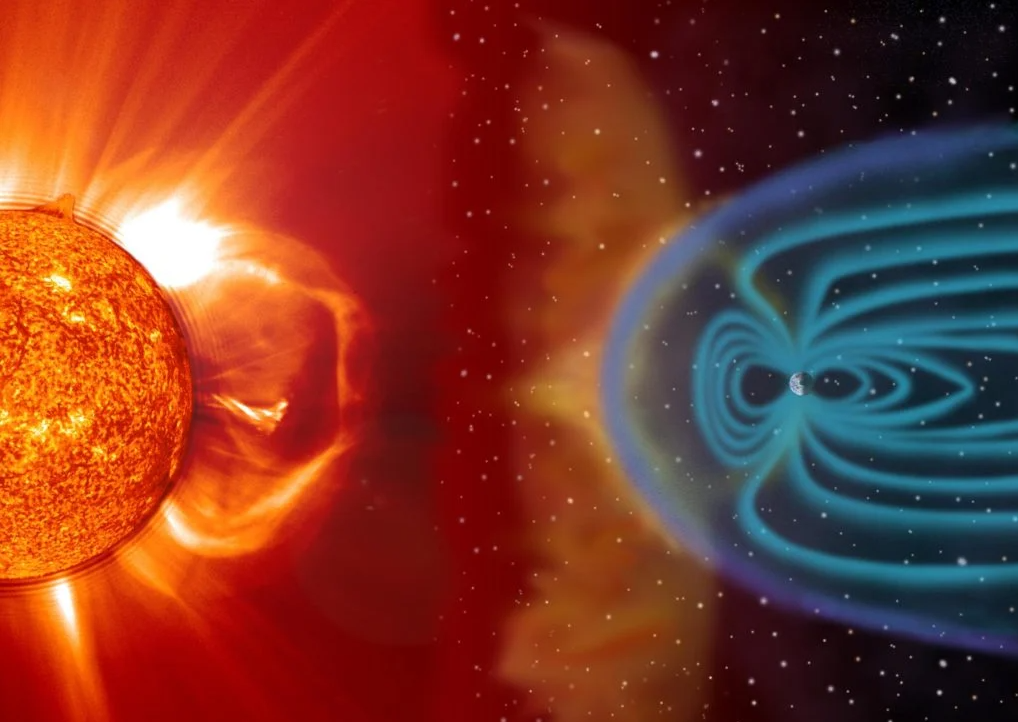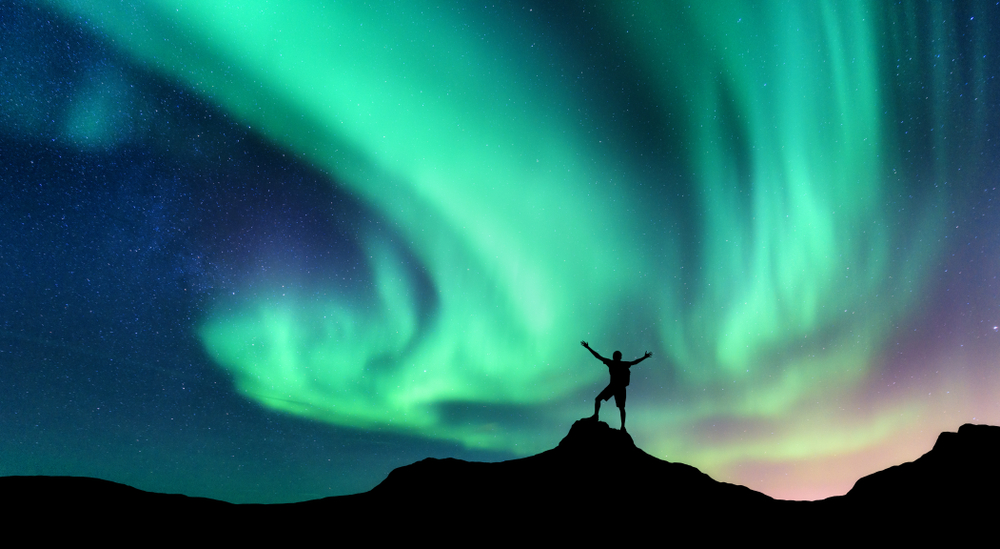
The National Oceanic and Atmospheric Administration’s Space Weather Prediction Center has announced a “severe geomagnetic storm watch,” the first since 2005. This event could light up the skies with the northern lights as far south as Alabama this Friday.
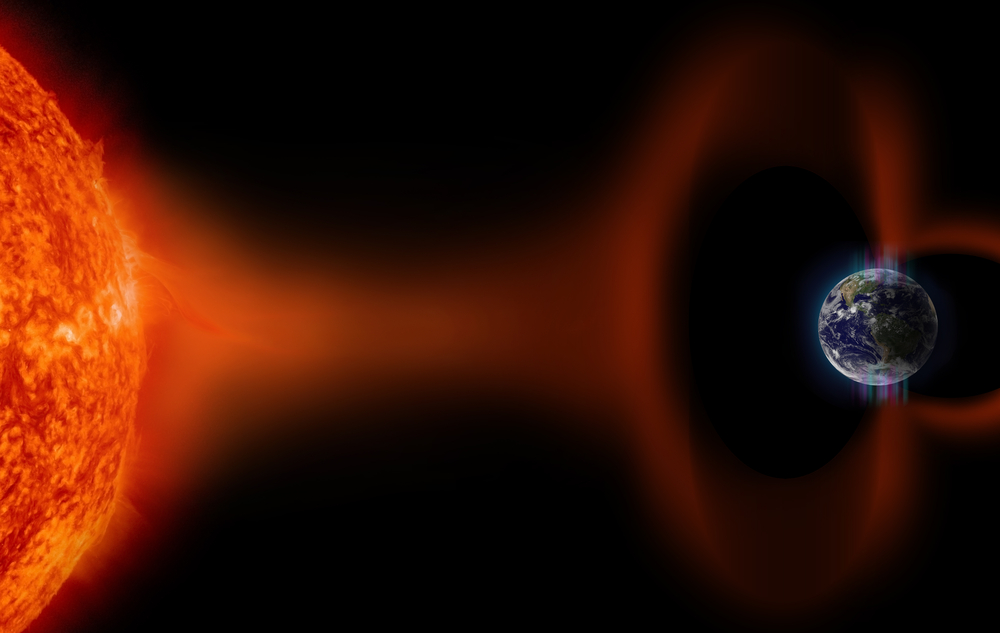
Triggered by recent solar flares and sun eruptions, this solar storm could cause the aurora borealis, or northern lights, to display vibrant colors across the Earth’s upper atmosphere from Friday evening into the weekend. According to Shawn Dahl, a coordinator at the center in Boulder, Colorado, this is a rare occurrence. “We haven’t seen this level of activity in a long time,” Dahl remarked, noting the potential disruptions to communications, power grids, and satellite operations.

Forecasts suggest the storm might arrive by 8 p.m. ET on Friday, though timing from such a distance—93 million miles from the sun to Earth—is uncertain. Monitoring by NASA’s Advanced Composition Explorer, positioned about 1 million miles away, will aid in more accurately predicting the storm’s timing and effects.
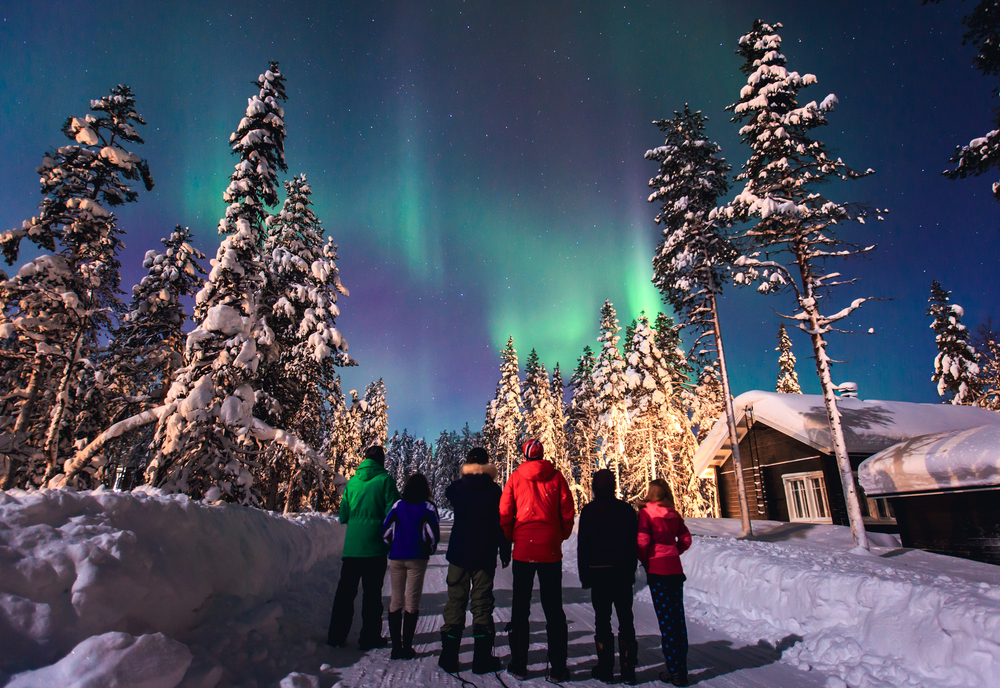
During significant solar activity, the northern lights, usually confined to higher latitudes, can be visible much further south. Friday’s conditions could extend their visibility to Alabama and Northern California. The Space Weather Prediction Center provides an aurora dashboard for real-time visibility forecasts, recommending dark, remote locations for the best viewing experience.
Since Wednesday, several solar flares and their associated coronal mass ejections have been observed, some directed at Earth. These might prolong geomagnetic storm conditions through the weekend. Such storms have historically caused significant disruptions, such as the 1989 blackout in Montreal and the loss of several satellites in 2002.
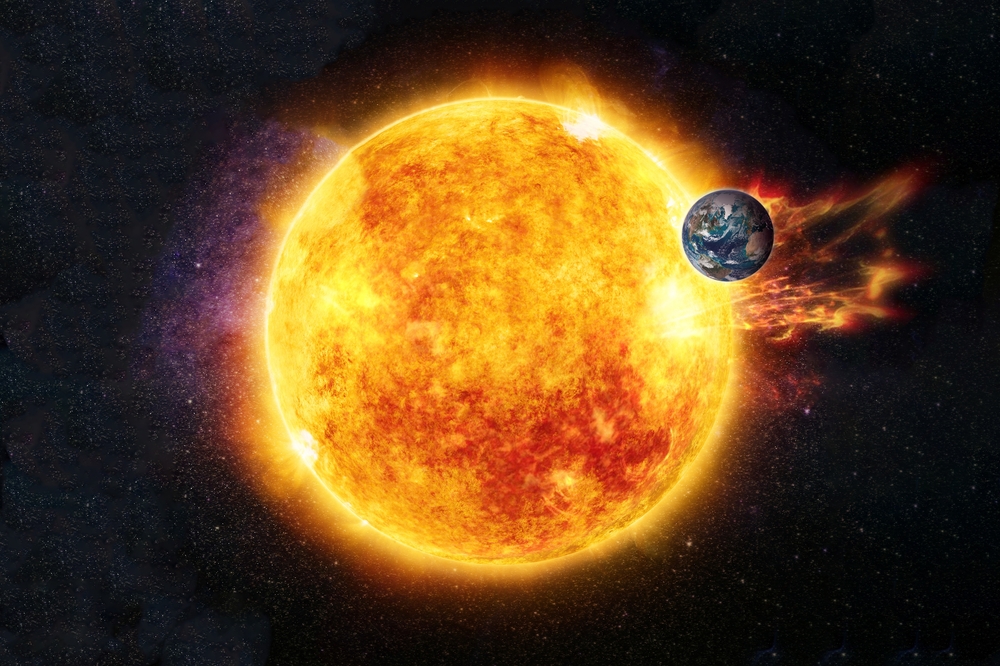
The sun’s 11-year activity cycle is currently ramping up, expected to peak in mid-2025, promising more such celestial displays in the near future.
Learn more about Space Weather and Why it Matters.
